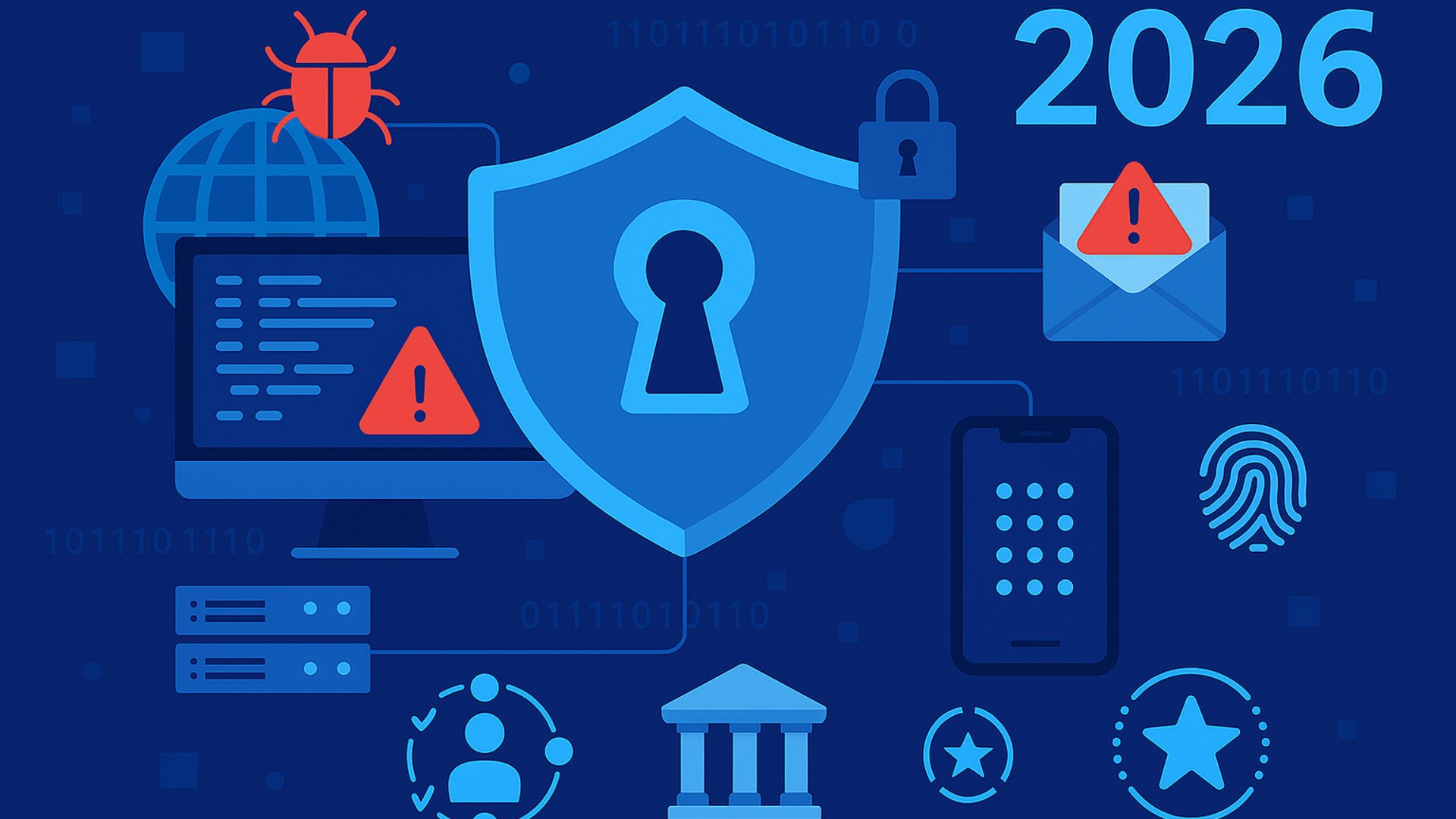WHAT IT MEANS TO SUPPORT a remote workforce has been forever altered by the coronavirus pandemic. Instead of remote workers at different branch locations, businesses that sent employees home to work as a result of COVID-19 now find themselves managing “”the branch of one,”” says Ben Niernberg, senior vice president of sales and services at MNJ Technologies, a managed service provider in Chicago.
Handling any number of “”branches of one”” comes with some unique challenges that may continue long after it’s safe to return to offices. According to a June 2020 PwC survey, 83% of office workers want to work from home at least one day a week, and 55% of employers expect to allow that post-COVID, up from 39% before the pandemic.
As we approach nearly a year of navigating this new normal, some best practices have emerged, along with lessons learned, for keeping remote staff motivated, connected, and productive.
Top Challenges
If a company had issues with trust, transparency, or communication prior to sending employees home, those problems have been exposed and exacerbated, according to Amiel Harper, founder and principal of The Morpheus Consultancy, which focuses on helping businesses scale. For those organizations that have good systems and good people in place, “”navigation becomes a lot easier.””
Even so, Niernberg acknowledges that “”everybody is getting ‘virtualed’ out,”” so spinning up one more virtual staff get-together may not be the best way to sustain engagement. “”[Enabling] climate and culture has become more of a question and more omnipresent than it ever has,”” he says.
Another issue is the range of personal situations employees are facing, from having children at home doing remote learning to caring for an elderly family member to being single or an empty nester. “”Each scenario brings a different level of stress and challenges to the person,”” Harper says.
Niernberg cites the increased difficulty of onboarding staff remotely as another hurdle, one that surprised him. “”Those first two weeks are the most important two weeks of the first year of an employee. Trying to create that amazing onboarding process in two weeks virtually is a lot tougher than I think we even imagined.””
The ebb and flow of the pandemic, with restrictions implemented, lifted, and reimplemented in parts of the country, were factors no one anticipated either, Niernberg says. “”We just shut down the office again [in November], so I think that we weren’t expecting to have to go backwards again, unfortunately.””
Keeping Employees Effective and Engaged
Businesses that have done well with this new normal have transparent leadership that is not afraid to show vulnerability, Harper says. “”[Employees] don’t expect their CEOs to know how this is going to end,”” but keeping them informed about how and why decisions are being made helps to maintain trust, he notes.
Conveying empathy and compassion is key as well. “”Everyone’s struggling in some way,”” Niernberg says, so MNJ encourages managers to check in weekly with staff. “”Not about work,”” he notes, “”about anything else. Just talk.””
The company has also held virtual fun events for staff, and in the summer rented a drive-in movie theater and invited staff, customers, and their families to enjoy a night out in the safety of their cars.
At the same time, channel pros have a business to run, so MNJ encourages employees to create routines, starting with not working in pajamas. Each employee also received $250 to improve their home workspace.
Planned communication is important too, according to Harper, because employees may have impediments—such as preparing a meal for a child—to responding on demand, whether that’s a hastily arranged Zoom meeting or unexpected phone call. That type of demand increases anxiety and frustration, he says.
Despite the obstacles, the data on productivity is encouraging. According to the June 2020 Iometrics/Global Workplace Analytics’ Global Work-from-Home Experience Survey, employees say they are productive 75% of the time at home when working alone, compared to 63% of the time at the office. And when working with others, employees say they are equally productive at home versus in the office. Moreover, the research finds that distractions and interruptions account for 43 minutes a day versus 78 minutes a day in the office.
Not everyone is cut out to work remotely, however, and Niernberg says he was shocked to find that some employees were not putting in the required hours, despite warnings, coaching, and an emphasis on accountability. MNJ eventually let those employees go.
Lessons Learned
In the quest to maintain productivity in the early days of working from home, Harper says, some businesses “”over managed and over monitored.”” While there are tools to track employee productivity, he advises companies to consider the impact of potentially sowing seeds of distrust as well as the liability of accessing an employee’s webcam at home.
Harper stresses, too, that not every meeting needs to be a videoconference. “”I think people are much more aware of that now.””
MNJ, for its part, is trying to make employee engagement events more inclusive. “”A virtual happy hour doesn’t work for everybody,”” Niernberg notes.
To help employees with their mental health, MNJ has brought in a work-life balance program, which the company prefers to call “”work-life fulfillment.”” The idea is to accept that some weeks it will be necessary to devote 80% of your time to work and 20% to family or personal life, and other weeks the opposite. “”Don’t try to struggle with how do I create the perfect balance, but understand the imbalance is what’s appropriate,”” Niernberg explains, adding that the intent is to be 100% mindful and focused on the task at hand.
Going Forward
At press time, trucks were rolling with the first doses of a COVID-19 vaccine, and the general public was expected to receive the vaccine sometime in the second quarter. Still, it’s likely that “”branches of one”” are here to stay.
In the short term, Harper notes, organizations will have employees who do not want to come back to the office for a variety of reasons. “”I don’t think [it’s] particularly prudent to rush to get back,”” he says, adding that Morpheus is advising clients on “”how do you stay the course of maintaining your business and accept the fact that you may not return to the model that you had.””
Since COVID-19 ripped the proverbial band-aid off of remote work, businesses have learned that they can remain productive, Niernberg says. “”I don’t know that we’re ever going to go back to exactly the full workforce in the office that we had.””
Concludes Harper: “”The world is just different. Part of what we have to do as responsible leaders is accept that and navigate where we are versus where we wish we were, because there are people who rely on us.””
Image: iStock















